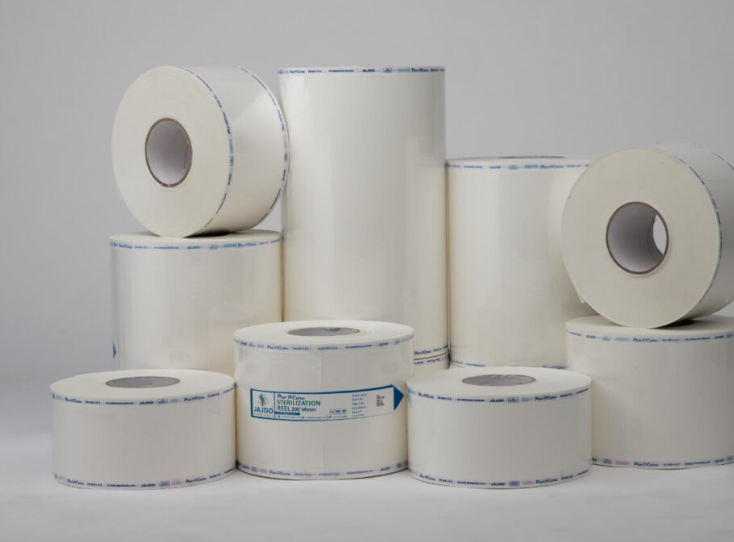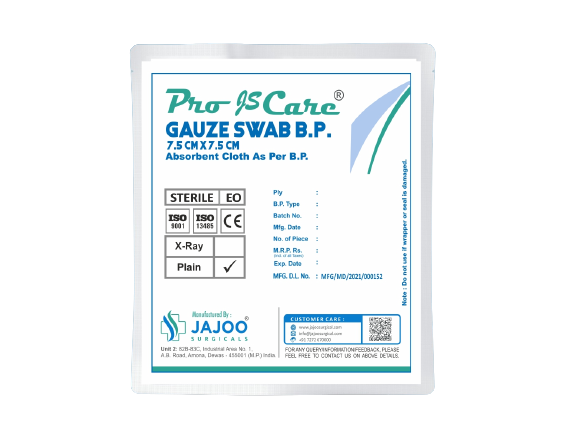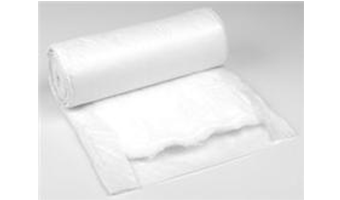Sterilization is a critical part of medical, dental, and laboratory practices. Proper sterilization ensures patient safety, prevents infection, and maintains hygiene standards. Choosing the right packaging method for sterilization is essential, and this often comes down to a comparison between sterilization rolls and pouches. Both methods serve similar purposes but differ in flexibility, convenience, and suitability for various instruments. In this blog, we explore the differences, advantages, benefits, and features of both methods, helping you decide what’s better for your practice in 2025.
1. Introduction
Sterilization plays a pivotal role in maintaining clinical safety. Autoclaves and other sterilizing devices require effective packaging to ensure that instruments remain sterile until use. This is where sterilization rolls and pouches come in. Sterilization rolls are long sheets of sterilization paper and film that allow healthcare professionals to create custom-sized pouches or wrap instruments of varying sizes. On the other hand, pre-made Sterilization Pouch Roll Size options are convenient for quick packaging, offering consistent sealing and visibility of instruments.
Dental and medical practices face a choice between these two options depending on the size and shape of instruments, frequency of use, and storage requirements. For instance, clinics with varied instrument sizes may prefer rolls due to their adaptability, while practices with standard-sized tools may opt for ready-made pouches for speed and efficiency. Understanding the differences in functionality and application is essential for maintaining proper sterilization protocols and ensuring patient safety.
2. Advantages
Both sterilization rolls and pouches come with distinct advantages that make them suitable for different clinical scenarios.
- Sterilization Rolls:
One of the primary advantages of sterilization rolls is flexibility. Rolls allow healthcare staff to create custom-sized pouches, accommodating instruments of irregular shapes or sizes. This flexibility ensures that all tools, whether long, short, or oddly shaped, are adequately packaged for sterilization. Additionally, rolls are cost-effective for facilities that require varying sizes since a single roll can generate multiple pouches, reducing waste from unused pre-sized pouches.
- Sterilization Pouches:
Pre-made Sterilization Pouch sizes offer consistency and ease of use. They are particularly advantageous for high-volume practices where speed and efficiency are crucial. These pouches come with clear windows, allowing staff to easily identify instruments without opening the package, reducing the risk of contamination. Specialized options such as Sterilization Pouch Dental designs cater specifically to dental instruments, ensuring optimal fit and maintaining the integrity of sterilization processes.
Both methods provide excellent barrier protection, ensuring that sterilized instruments remain free from contaminants until use. The choice between rolls and pouches often depends on the workflow, instrument variety, and space availability in a clinic or hospital.
3. Benefits
Choosing the appropriate sterilization packaging method provides several benefits for healthcare providers.
- Custom Fit and Efficiency:
Using sterilization rolls allows staff to tailor pouches to the exact size of each instrument. This reduces excess material usage and enhances sterilization efficiency by ensuring that the autoclave steam can penetrate the package evenly.
- Time-Saving and Consistency:
Pre-sized pouches save preparation time and ensure uniform packaging, which is particularly beneficial in busy clinics and hospitals. Staff can quickly seal instruments, minimizing delays and maintaining workflow efficiency.
- Improved Safety and Sterility:
Both sterilization rolls and pouches protect instruments from contamination during storage and transportation. Proper packaging ensures that tools remain sterile until use, reducing the risk of infection and cross-contamination in patients.
- Cost Management:
Sterilization roll uses can be more cost-effective in facilities with diverse instrument sizes, as rolls eliminate the need to stock multiple pouch sizes. Conversely, standardized pouches reduce operational errors, lowering the likelihood of wasted sterilized instruments due to improper packaging.
- Specialized Applications:
Dental and surgical practices benefit from specialized pouches, such as Sterilization Pouch Dental, which are designed to accommodate specific tools while maintaining ease of identification and protection. This targeted approach enhances efficiency and ensures instruments are always ready for use.
4. Features
Understanding the key features of sterilization rolls and pouches helps clinics make informed decisions:
Sterilization Rolls:
- Customizable Lengths: Rolls can be cut to any length, making them ideal for irregular or oversized instruments.
- High Barrier Protection: Combines paper and film layers to maintain sterility.
- Steam and Gas Sterilization Compatibility: Suitable for autoclaves and certain chemical sterilization methods.
- Cost-Efficient Storage: Rolls take up less storage space compared to pre-sized pouches.
Sterilization Pouches:
- Pre-Measured Sizes: Convenient for standard instruments, reducing preparation time.
- Clear Identification Window: Transparent sections allow for quick verification of instrument type and quantity.
- Specialized Dental Options: Sterilization Pouch Dental models ensure a perfect fit for dental tools.
- Consistent Quality: Manufactured to uniform standards, reducing the risk of improper sealing or packaging failures.
Additionally, both rolls and pouches are designed to comply with international sterilization standards, ensuring healthcare practices maintain regulatory compliance. Factors such as ease of use, storage convenience, and compatibility with autoclave cycles play a significant role in selecting the appropriate packaging method.
5. Summary
In conclusion, both sterilization rolls and pouches offer reliable solutions for maintaining instrument sterility in medical, dental, and laboratory settings. Sterilization rolls provide flexibility, custom sizing, and cost-efficiency, making them ideal for clinics with diverse instrument needs. On the other hand, pre-sized sterilization pouch sizes offer convenience, consistency, and time-saving benefits, particularly useful in high-volume or specialized settings such as dental clinics with sterilization pouch dental requirements.
Ultimately, the choice between rolls and pouches depends on the specific workflow, instrument variety, and operational priorities of a healthcare practice. Both methods ensure that instruments remain sterile until use, protecting patient safety and supporting effective clinical operations. By carefully evaluating advantages, benefits, and features, healthcare professionals can select the most suitable sterilization method, ensuring efficient, safe, and compliant practices in 2025.







